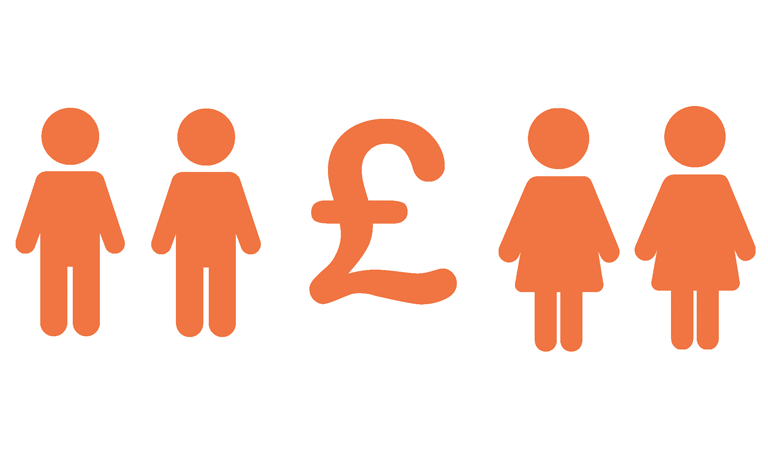 6% of organisations that need to report their gender pay and gender bonus gap data have already done so ahead of the April 2018 deadline
6% of organisations that need to report their gender pay and gender bonus gap data have already done so ahead of the April 2018 deadlineWith the publication of the governments’ draft regulations on mandatory gender pay gap reporting and the new legislation likely to come into force on the 1st October, why are so few employers taking preparatory steps?
I have certainly seen much more interest from employers in the last 12 month, since the government first announced this last summer. Indeed, in the preceding ten years since I first conducted equal pay audits for employers, only a handful have been pro-active enough to assess their gender pay gap.
Translating interest into action has proved tricky though, not just in the last ten years, but particularly in the last twelve months. We recently surveyed 130 employers across a range of industries and fewer than half (42%) currently measure differences in gender pay and only 19% report on gender pay (with only one respondent publishing this data externally to the company). These figures appear remarkably low, particularly when you factor in the alarming pay gap figures that employers will soon be required to publish. Based on our research, we can see that the average pay gap between males and females is 22%, marginally over what the Office of National Statistics quote as the current pay gap figure across the UK. So why is there a lack of action from employers?
Employers will not be required to publish their information for the first time until April 2018, covering the 12 preceding months. In the busy world of HR, I think 2018 is seen as low priority, particularly behind such current issues as the National Living Wage; and is therefore added to the bottom of the agenda. I would argue differently, that for many employers, 2016 marks their first opportunity to reduce their pay gap figures. The alternatives are either higher payroll spends in 2017 and 2018 or dealing with the potentially negative publicity as the inevitable comparisons between employers and sectors are made in public.
Another reason cited by employers for not doing anything about gender pay is that they have a largely female workforce or employ females in senior positions. However, this does not reduce the possibility of a large pay gap figure – indeed it could actually increase the potential for an equal pay claim.
Lack of available information from HR systems is another reason for a lack of action. Much like pension auto-enrolment and real time information PAYE reporting, this is something that will have to be overcome by 2018 and cited as a reason for short term inaction. Similarly, a reason for not conducting an equal pay audit is a lack of a job evaluation / grading system. Indeed without it, it makes it near-on impossible for employers to accurately measure pay gaps for roles of equal value.
For those of you in that position, you may well be thinking ‘Why should we be concerned by Gender Pay reporting?’ Well, simply look back to the media frenzy caused when a list of employers was published, showing they paid below the national minimum wage. Many were falling over themselves to say that this was no longer the case or that it was an oversight, obviously fearing a potential PR disaster. The same can be said for gender pay. Employees, competitors, unions, and the general public will all be interested in the published pay gap figures that, let’s face it, include not just pay but also bonuses and some allowances. Quoting imprecise and potentially alarming figures – such as a gap of 22%! – could potentially result in very negative publicity.
Join Over 40,000 Recruiters. Get our latest articles weekly, all FREE – SEND ME ARTICLES
Recruiters love this COMPLETE set of Accredited Recruitment & HR Training – View Training Brochure








